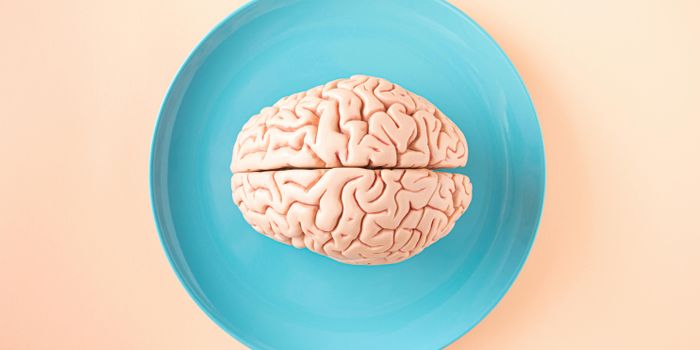Visualize broccoli. It might not be a bumper sticker yet, but focusing the mind's eye on healthy eating could be a key to turning off the effects of TV commercials featuring gooey cheeseburgers-especially for overweight teens.

Dartmouth researchers reported the brains of adolescent subjects lit up in functional MRIs when fast food commercials were shown. This is perhaps not surprising, but it is significant. Kids see an average of 13 such commercials each day, and the parts of the brains that responded contribute to the forming of lifelong habits.
In the experiment, adolescents ages 12 to 16 in both normal and overweight categories were shown 24 commercials while watching a series of sit-coms. Fast food commercials were interspersed into the programming in a way that the subjects weren't aware of the focus of the study.
The brains of all participants responded to the fast food commercials with heightened activity in occipital lobe, right insula, superior temporal gyri, and precuneus-all regions that are engaged during periods of focus and attention-and in reward centers of the nucleus accumbens and orbitofrontal cortex. Brain areas associated with taste and reward displayed more activity in the overweight teens.
Interestingly, for overweight adolescents, but not for those in the normal weight range, the fast food commercials caused heightened activity in the brain region related to control of the mouth.
Interpretting these findings, which appear in the journal Cerebral Cortex, is Kristina Rapuano, a graduate student in Dartmouth's Brain Imaging Lab and lead author of the study: "This finding suggests the intriguing possibility that overweight adolescents mentally simulate eating while watching food commercials. These brain responses may demonstrate one factor whereby unhealthy eating behaviors become reinforced and turned into habits that potentially hamper a person's ability lose weight later in life."
Perhaps it's no coincidence that childhood obesity is on the rise in the U.S. during the same time period that fast food TV commercials during children's programming has also increased. The study's demonstration that greater reward responses in the brain are linked to brain areas that govern the movement of the mouth suggest a type of simulated eating is occurring-and ingraining unhealthy eating habits.
"Unhealthy eating is thought to involve both an initial desire to eat a tempting food, such as a piece of cake, and a motor plan to enact the behavior, or eating it," Rapuano says. "Diet intervention strategies largely focus on minimizing or inhibiting the desire to eat the tempting food, with the logic being that if one does not desire, then one won't enact. Our findings suggest a second point of intervention may be the somato-motor simulation of eating behavior that follows from the desire to eat. Interventions that target this system, either to minimize the simulation of unhealthy eating or to promote the simulation of healthy eating, may ultimately prove to be more useful than trying to suppress the desire to eat."
Follow Will Hector on Twitter: @WriterWithHeart
(Source: Science Daily)









